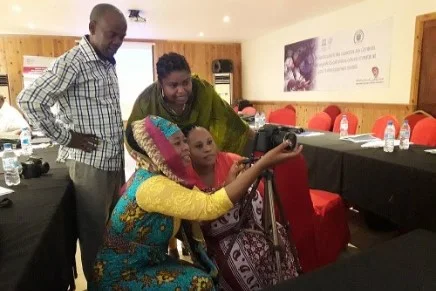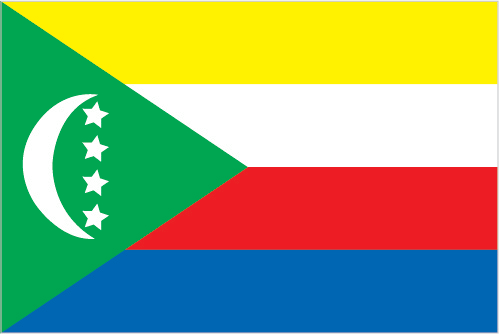Combating climate change by forecasting in the Comoros Islands
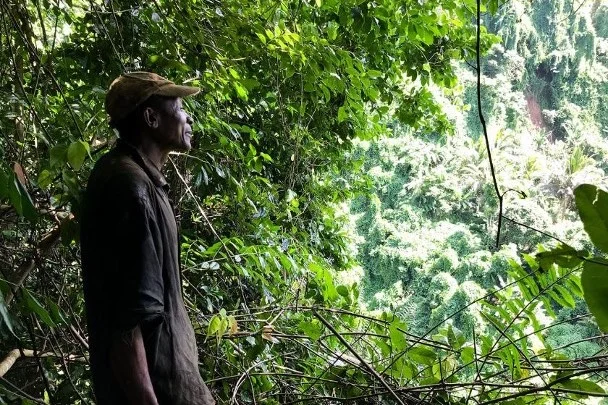
Children playing in the school grounds in Deboini, a central mountainous area on the main island of Comoros, do not care about the fenced-off area containing unremarkable metal structures.
But in the capital, Moroni, weather service employees in the country are excited about what these machines, which house automatic weather stations, are doing: generating reliable forecasts to help the country now and collecting important information to predict its future.
“We need data for more than 30 years in an attempt to make reliable predictions about climate change,” says Mohamed Hamed, a technical head at the Agricultural Meteorology Department.
The United Nations Environment Programme and its partners set up five stations across the three Comoros islands with support from the Global Environment Facility in 2013. Their weather forecasts came from satellites that focused on just one point, in addition to a few stations that were outdated and ill-equipped to deal with the diverse island terrains.
“We only had monitoring stations on the coast, and because we live in a country with large mountains, we have a real local climate,” says Hamed. “You can’t study climate change using data from the coast and extrapolate what’s happening at higher altitudes.”
Obtaining suitable climate information has become increasingly important in Comoros, one of the world’s poorest countries, where a large number of rural residents rely on rain-fed agriculture and subsistence farming.
“We used to know exactly when it would rain, and there were six months of rain and a six-month dry season,” says Juma Milara, a farmer living in Deboini.
Milara, who had to walk miles to fetch water from storage tanks to get a bountiful harvest of vegetables, potatoes, taro, and bananas, says, “Farmers used to be confident about knowing when it would rain and when it would stop, and when to plant each crop. But we no longer have any idea if the rain will continue the next day or if the sunny weather will turn out to be really sunny.”
“The rain has changed, and its rate has already decreased. There is not enough water for farming, or even for drinking.”
“The climate data available in Comoros, which shows that this trend has been identified, is very limited,” says Hamed. “Studies have shown that there is a 0.2% increase in temperature per decade, a 10-15% decrease in rainfall, and there is also a problem with rising sea levels.”
Youssef Al-Amin Mabkhazi, the director of forests at the Ministry of Environment in Comoros, says unexpected weather, climate shocks, and disasters are hitting the country hard.
“All countries feel the effects of climate change, but islands are more vulnerable than others,” he says. “For example, rising sea levels, frequent floods, changes in rainfall, and hurricanes – all these problems affect the population and the country as a whole. No one escapes the effects of climate change.”
Floods have been so severe in recent years that they have destroyed homes or entire neighborhoods and washed away seeds, crops, and soil.
Hamed adds that the project helps Comoros improve monitoring and predicting weather patterns to help farmers become more resilient to the effects of climate change. “Since most agriculture in this country relies on rainwater, we have already gained efficiency and time, because with one click, we can obtain and process data, and from this, we can do more mapping and track rainfall.”
In addition to providing more modern equipment that provides a solid database for future reports, the project also builds human capacity for the future. Hamid says, “At this moment, we have engineers in Niger being trained in agricultural meteorology.”
Getting more and better information about different climates for each island with just a touch of a button allows the government to understand climate variability across Comoros and helps more people adapt to the changes around them. “And then reliable forecasts come from having reliable stations,” says Hamed. “This service helps provide reliable information to a variety of users and can play a really important role in advancing the agricultural sector.”
 Algeria
Algeria Bahrain
Bahrain Comoros
Comoros Djibouti
Djibouti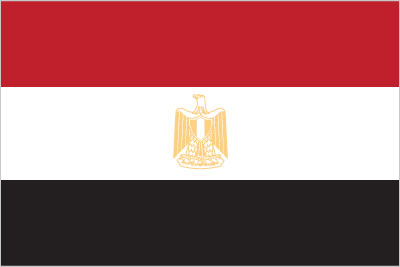 Egypt
Egypt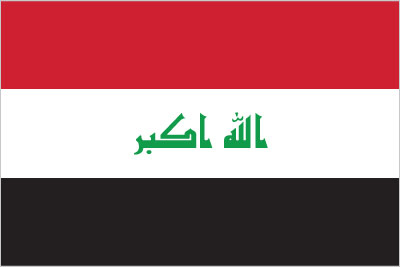 Iraq
Iraq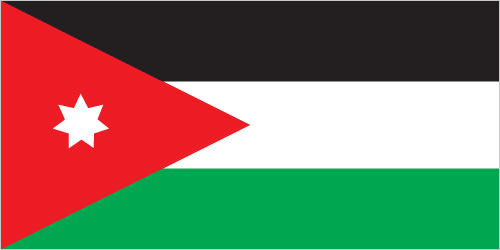 Jordan
Jordan Kuwait
Kuwait Lebanon
Lebanon Libya
Libya Mauritania
Mauritania Morocco
Morocco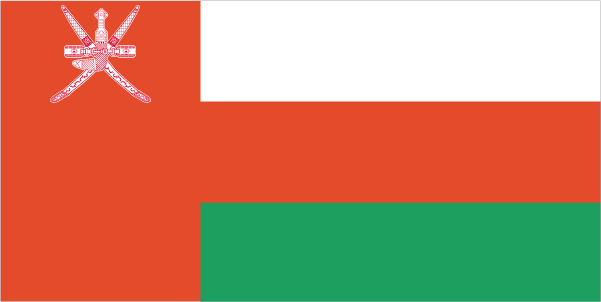 Oman
Oman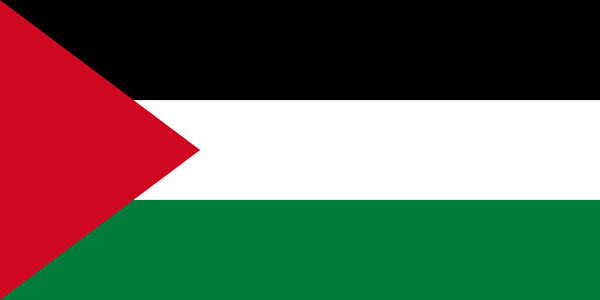 Palestine
Palestine Qatar
Qatar Saudi Arabia
Saudi Arabia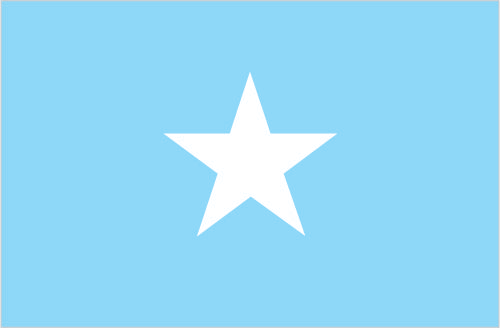 Somalia
Somalia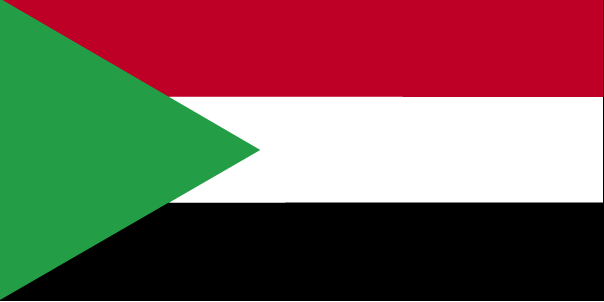 Sudan
Sudan Syria
Syria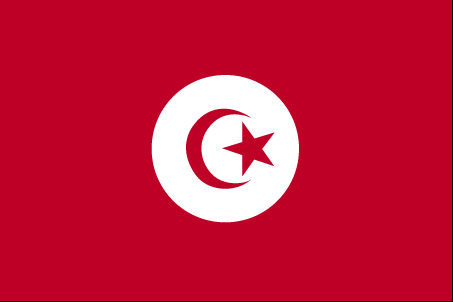 Tunisia
Tunisia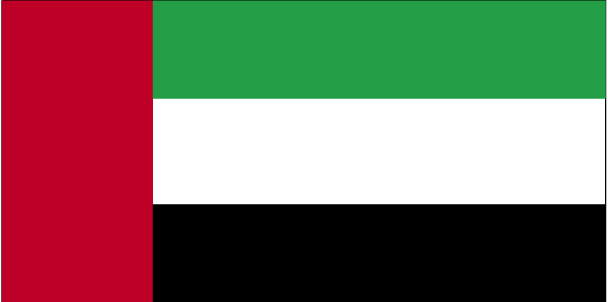 UAE
UAE Yemen
Yemen